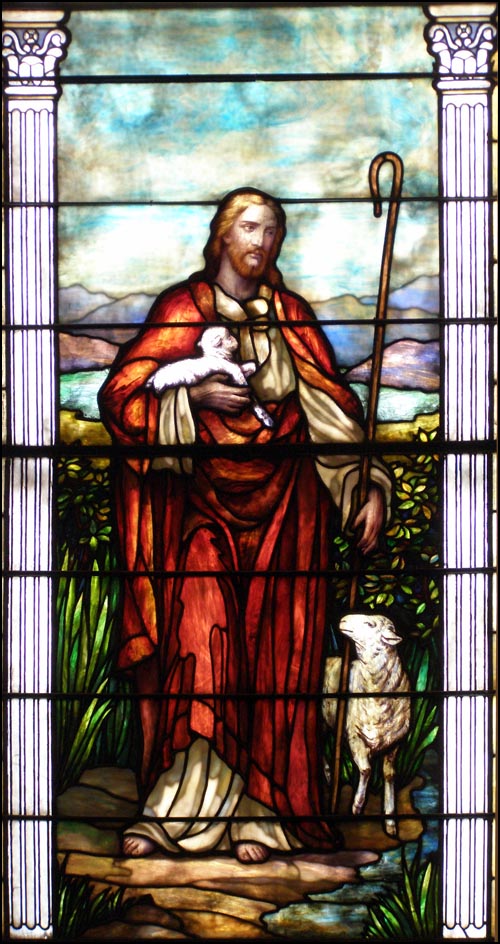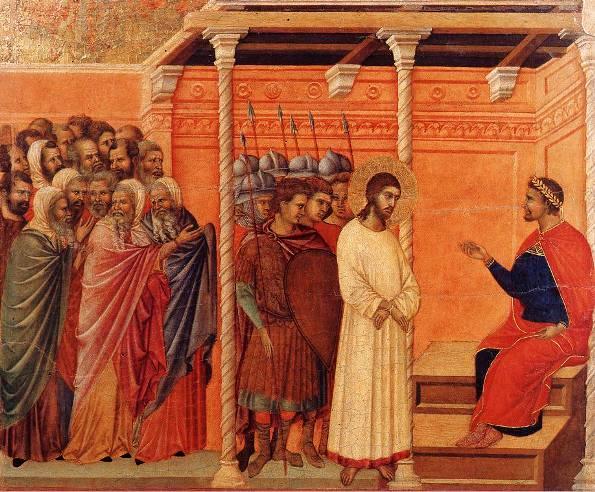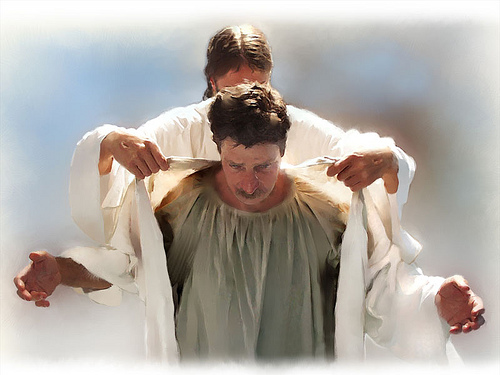“What brought us together, what joined our hearts? The pardon which Jesus, our
High Priest, imparts; ‘tis this which cements the Disciples of Christ, who are into
one by the Spirit baptized.” Hymn # 675

The Home Moravian Church sanctuary is illuminated by 10 stained glass windows.
Christ calls us into covenant relationship with God and each other. It is he who builds us together into his church. Those who are faithful to the Lord shape their lives and world-view in response to God’s grace. It is a response characterized by faith, love, and hope.
Two years ago, while spending Thanksgiving with my family in Winston-Salem, NC, I encountered tangible expressions of Moravian faith, love, and hope in the bell tower and attic of Home Moravian Church. We were there with my cousin, the congregation’s administrative assistant, to lift weights powering the church’s clock and chimes back to the top of the tower. While engaged in that task, she disclosed that recently one of the supporting ropes had parted and allowed the suspended weight to fall several stories onto the ceiling of the narthex. The 18th century Moravians had anticipated this eventuality and placed hay and other shock absorbing materials under the weights.
When the rope failed, as they knew it eventually might, no damage was done. Similar foresight by early 20th century Moravians was demonstrated when the sanctuary’s stained-glass windows had to be repaired. Present day members found carefully packed replacement panes of glass in the church’s attic where they had been since the windows’ installation in 1913.
The depth of these Moravians’ faith in God, hope for the future, and the love demonstrated by such foresight touched me emotionally and spiritually. Generations ago they had anticipated the presence of those who would follow them and prepared a place for them to join hearts together in worship of the Savior. As I descended from the clock and bell tower I passed through the sanctuary where I paused to enjoy the late afternoon sun warmly illuminating the interior.
As I contemplated a window depicting Christ as the Good Shepherd, it occurred to me that what we build together with Christ often lasts far longer and is more satisfying than any purely personal achievement. Those who came before us built worship spaces which continue to express eloquently their faith in God, hope for the future, and love for fellow believers. As we express gratitude for the faithful actions of those who preceded us, may we resolve to bless others by “paying it forward.”





